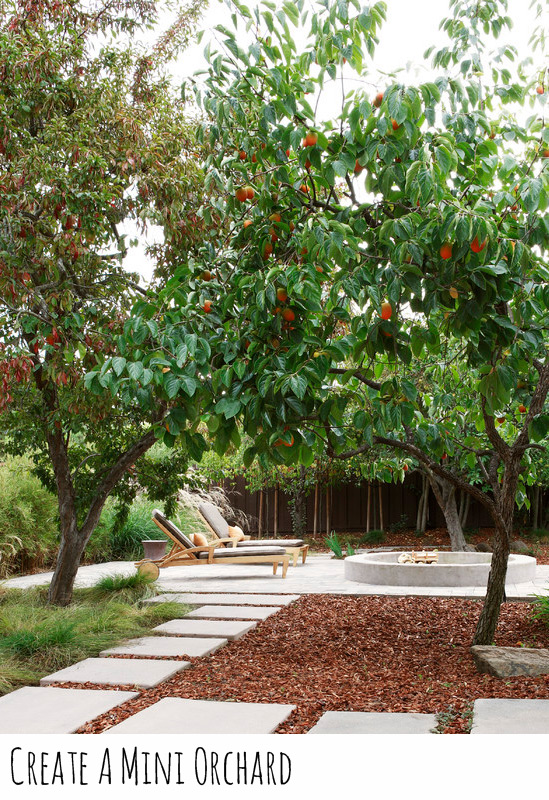Create a Mini Orchard in Brisbane
To add to your self-sustaining lifestyle, a mini orchard is a great way to adapt a garden.In Brisbane, we traditionally grow citrus and tropical fruits, such as avocados and mangoes.
Cold climate plants such as apples, pears, stone fruit (plums, nectarines, peaches, etc), grapes, the berries (raspberries, blueberries, etc) need a severe cold period in winter to induce dormancy.This is needed to then produce blooms, which then turn to the fruit.
As Brisbane's climate is mild during winter, cold climate plants will not go into the dormancy state but will continue to be lush and green (not deciduous).
However, in recent years there have been many ‘tropical' varieties of cold climate plants available in nurseries that typically will not bear fruit in Brisbane.Keep an eye out for these varieties!
Fruit species to plant
- All citrus species, and most will come in dwarf sizing to plant in pots.
- New tropical varieties of berries (raspberries, blueberries, etc).
- New varieties of apples.
- New tropical varieties of plums, such as ‘gulf gold'.
- Grapes, both table and wine, come in tropical cultivars that will grow well in Brisbane.
- Mediterranean plants such as olives.
- Tropical species, such as avocados, mangoes, mulberry, etc.
Have a look atThe Fruit Salad Tree Co., a company that grafts various types of fruiting trees to one root stock.You could have a citrus tree that grows oranges on one branch, limes on another, and lemons on yet another - up to six different fruits on one tree.It is a very clever way to limit the space required for a range of harvest fruit.
Fruit trees in pots
Planting fruit trees with a mass number of pots can create a dramatic garden feature.They are also useful for decks, patios and balconies, where space is scarce or garden beds are not available.There are a few issues to consider with potted fruit trees:
- Planting in pots will ‘bonsai' fruit trees, as there root system will be restricted.
- Overcrowded roots will need to be thinned and soil in pots replaced at least every two years.
- Pots need to be sealed so moisture cannot leak out of the pot walls.
- Good drainage is necessary, so do not place pots where the water will stain.
- Fertilizing is more important than if the plant is in the ground.
Pruning
Pruning fruit trees is very important.They need an open branch system to allow air to move freely around the leaves and fruit.This will help to reduce any fungal diseases that will ruin your crop.
In a mini orchard, consider espaliering your trees to the fence or wall.Training the tree to grow against a wall will reduce the room required for growth, and it looks amazing too.
To really get the most of your orchard, either employ a professional gardener to prune your fruit trees (make sure they know what to do), or look for a garden course to learn how to look after your investment.
Fertilizing
Fertilizer is plant food, and fruiting plants are very hungry.A lot of energy and nutrients go into fruit, so these must be replaced into the soil to continue a healthy, delicious harvest.The more nutrients you put in, the better your fruit will be.
Images:Anterra LLP Landscape Architects;Fruit Salad Tree Co.,



